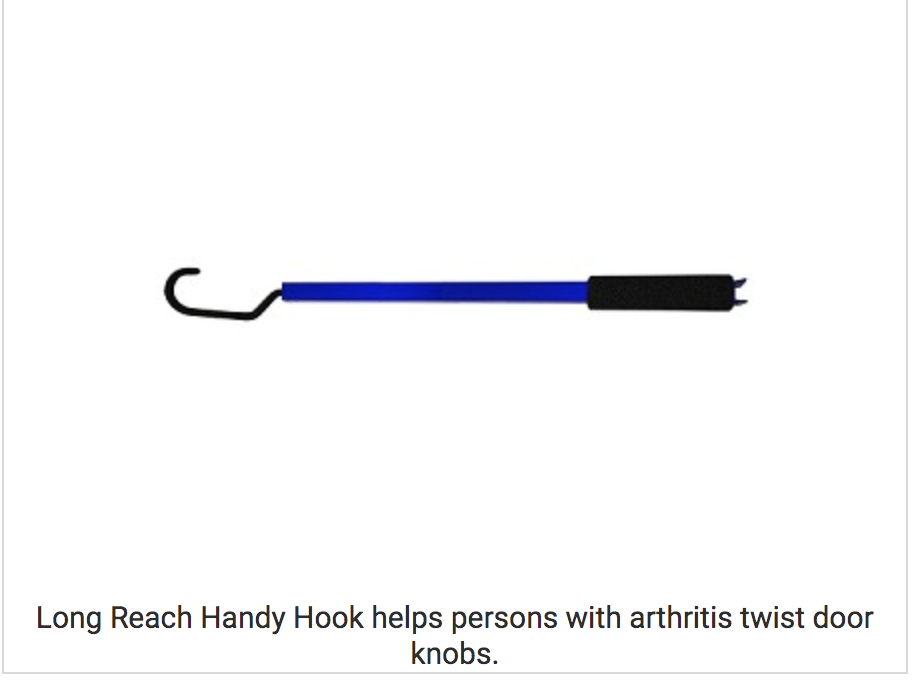Figma is an online platform that allows for UX/UI design through a collaborative process. Its essentially like if Adobe XD were a Google Doc – multiple users can be on and making changes at the same time. This allows for teams to work together without having to send files back and forth or trying to merge different files for an end project. Overall, it seems like a really great concept to make designing with a team more streamlined.
My very first thought to this was “I wonder how it compares to Adobe” because I am programmed to worship Adobe and buy their yearly subscriptions. Luckily, they have an extensive comparison section to their website with extensive details on how their program holds up against the giant like XD and Sketch as well as some other alternatives. Below are just a few of the highlights they mention.

Just clicking around their website, I can see they have a lot to offer. You can work on many different project styles collaboratively, they offer plug-ins and templates, there’s even a pretty extensive looking help center. The website is pretty clean black and white with some bold pops of color in illustration, it’s relatively appealing and feels simple to navigate (without me actually testing their design tools). I just have a major grievance with this custom font they use- it’s hideous.

Their pricing feels pretty reasonable compared to Adobe, although it doesn’t include the extensive library of apps. But if you were doing almost solely UX/UI design I think you could manage with paying for this site and then using free design softwares for your other adobe needs. I know trying to combine people’s work in XD sucks so I think if you were working on a team like this on the daily, it’d be a pretty worthy investment. Their starter tier is free and supports up to 2 editors and lets you store 3 projects- which is perfect for students doing class projects who might not ever work in UX/UI again. The Professional tier is $12/per month per editor. So everyone on your team would have to be paying $12 a month to work with it but that’s less than 50¢ a day which sounds a lot less bad. With that version, you can create unlimited projects with unlimited version history. There’s also an Organization tier billing at $45 per editor/month (with annual billing only) that allows companies to save their design systems to the platform.

Overall, I think this is a great idea for people who would be using this method of working on a daily basis. Now I’m wishing that Adobe programs existed in a collaborative form so that I wouldn’t have to keep collecting people’s files to combine for presentations. So much of design is collaborative that I could see other softwares following suit. I didn’t actually test out any of the design tools because UX/UI is not my wheelhouse so I wouldn’t have a good opinion but the website itself was easy to navigate so I feel like that’s a positive indication.


















